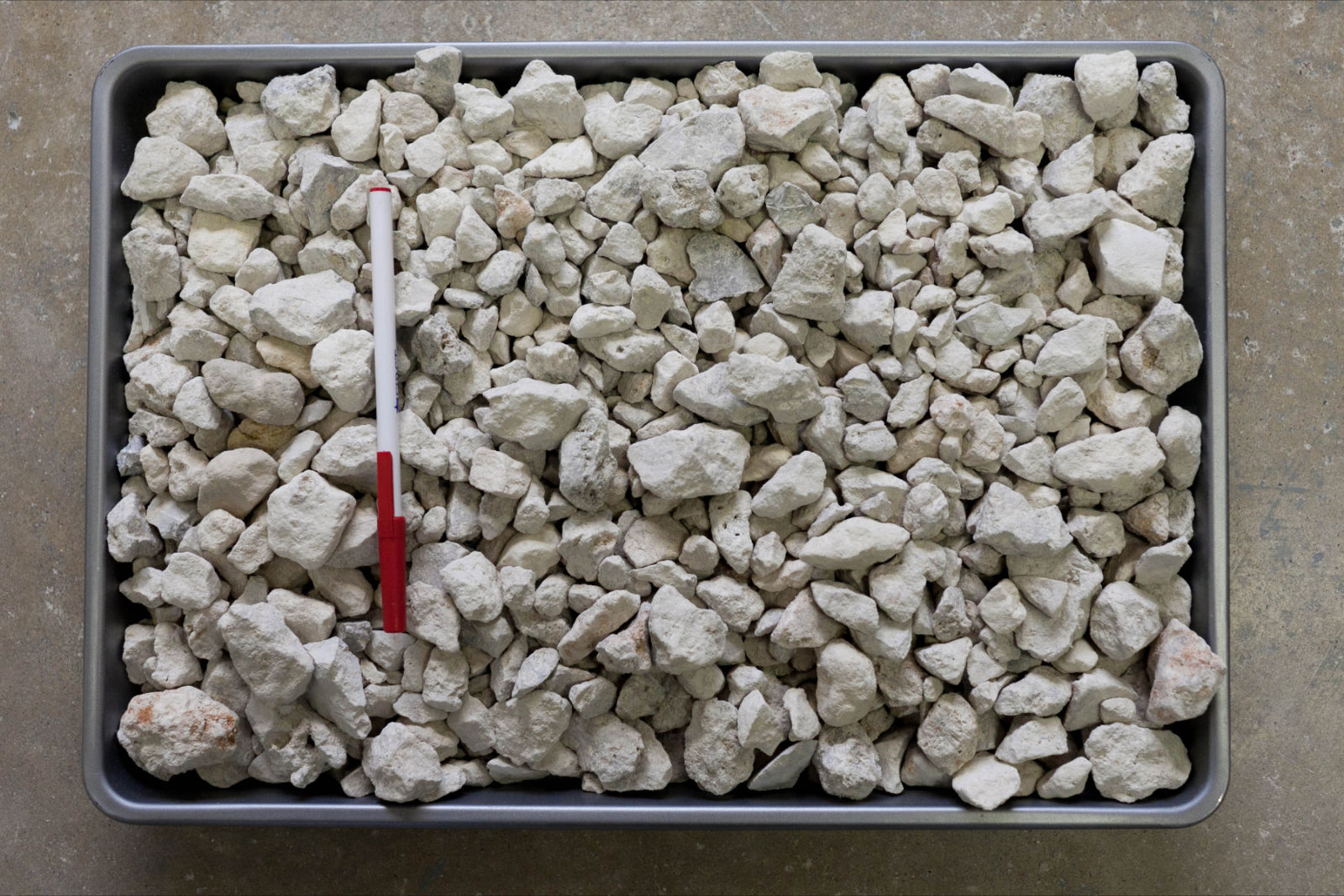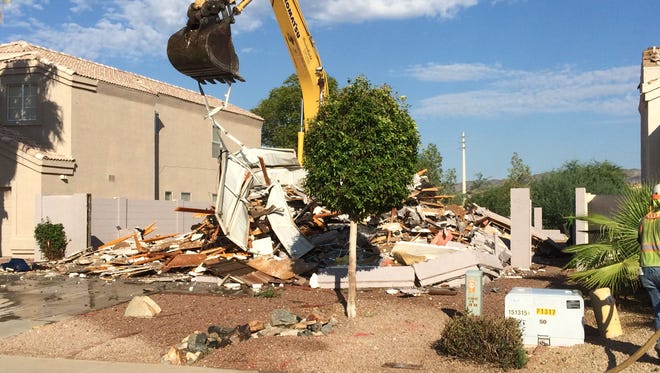
Concrete blocks are used for constructing many structures. They come in different sizes and colors. There are two main types of concrete blocks: hollow and solid. Both are made of lightweight aggregates of fly-ash and cement. They are resistant to fire and water, as well as waterproof. In addition, they can be shaped to meet specific requirements.
A hollow block can be defined as a block having holes that take up at least one quarter the area of its cross-section. These holes allow wiring and rebar to pass through the block. A solid blocks is a block with all of the holes plugged and generally is larger. Solid concrete blocks are usually heavier than hollow blocks. These types of concrete blocks are commonly used for paving and foundations. They can be used for walls, providing a strong and stable surface.
The type and purpose of your construction will dictate what kind of concrete blocks you need. If you are building an office structure, a solid block is the best choice. You may require hollow blocks if you are building your home. While a fully solid concrete block is sturdy and durable, hollow blocks are lighter and less expensive. Another advantage to a hollow block? It is porous. This means it is less susceptible to fire and termite infestation.
You can use recycled concrete blocks to make a greener construction choice. These blocks are made with high quality recycled materials that offer durability and beauty for a long time. They also have natural aggregates as their ground faces. They provide a high level performance and are flexible enough to be used in green building designs. Vauban's Renewable Energy Project uses wood scrap heating system, mineral insulation, and recycled concrete brick units. These elements are all essential to ensure the building's sustainability and efficiency.

Many building supply shops sell these materials in bulk. They are used primarily for foundations and paving, but can also be used in place of bricks and stones. Aside from the different types of blocks, there are also a variety of specialty shapes and sizes. To maximize the impact of your design, you might want to use a variety of blocks.
FAQ
Can I rent a dumpster?
Yes, you can rent a dumpster to help you dispose of debris after completing your home renovation. A dumpster can be rented to help keep your yard clean and free of trash.
Is there anything I could do to save on my home renovations?
You can save money by doing most of the work yourself. Consider reducing the number or people that you employ during renovations. You could also try to find ways to reduce the cost of materials used in the renovation process.
How much does it cost to renovate a house?
Renovations typically cost anywhere from $5,000 to $50,000. Renovations typically cost homeowners between $10,000 and $20,000
How Much Does It Cost To Renovate A House?
Cost of renovations depends on the material used, how large the job is and how complex it is. Certain materials, such as wood, require special tools like drills and saws. Others like steel don't. The cost of renovations will vary depending on whether your contractor does all the work or you do it yourself.
The average home improvement project cost is between $1,000 and $10,000. The cost to hire professionals would be anywhere from $5,000 to $25,000. On the other hand, if you decide to do the entire task yourself then the total cost could reach up to $100,000.
You should know that there are many factors which determine the final cost of renovation. These include the material used (e.g. You can choose between brick or concrete, and the size of your project as well. These factors must be taken into consideration when estimating the cost of renovation.
How do I renovate my house with zero money?
If you are looking to renovate a house with no money, here are some steps:
-
Create a budget plan
-
Find out what materials you need
-
You must decide where to place them
-
You will need to make a list of the things that you must buy.
-
Calculate how much money is available
-
Plan your renovation project
-
Start working on your plan
-
Online research is a good idea.
-
Ask friends and family for help
-
Get creative!
Statistics
- They'll usually lend up to 90% of your home's "as-completed" value, but no more than $424,100 in most locales or $636,150 in high-cost areas. (kiplinger.com)
- On jumbo loans of more than $636,150, you'll be able to borrow up to 80% of the home's completed value. (kiplinger.com)
- The average fixed rate for a home-equity loan was recently 5.27%, and the average variable rate for a HELOC was 5.49%, according to Bankrate.com. (kiplinger.com)
- According to the National Association of the Remodeling Industry's 2019 remodeling impact report , realtors estimate that homeowners can recover 59% of the cost of a complete kitchen renovation if they sell their home. (bhg.com)
- A final payment of, say, 5% to 10% will be due when the space is livable and usable (your contract probably will say "substantial completion"). (kiplinger.com)
External Links
How To
Do you prefer to renovate the interior or exterior?
Which should I choose first?
There are many aspects to consider when choosing which project should be started. The most common factor is whether the building is old or new. The condition of the roof, windows and doors, flooring, wiring, and other aspects are all important. You should also consider the design, location, size, number and style of the building.
If your building is very old, you should first look at its roof. If your roof seems like it is about to fall apart, then you should get on with the renovation. Next, you can check if your roof is okay. Next, examine the windows. If the windows are dirty or broken, you may need them to be replaced. Next, clean the doors and ensure that they are free of debris. Then, if everything seems okay, you can begin working on the floors. Be sure to ensure that the flooring is stable and strong so that you can walk on it without slipping. These steps will be completed before you can proceed to the walls. Examine the walls carefully to determine if there are any cracks or other damage. If the wall is fine, then you should proceed to the next step. You can now inspect the ceiling. Check the ceiling and make sure that it is strong enough to hold up whatever weight you decide to put on it. If everything checks out, then you can move forward with your renovation.
If the building was new, you will want to inspect the exterior. First, examine the outside of the house. Is it maintained well? Are there cracks or holes? Is it in good condition? If the exterior looks bad, it's time to make improvements. Your home shouldn't look shabby. Next, make sure to check the foundation. If the foundation looks weak, then you should repair it. Also, check the driveway. It should be smooth and flat. If it isn't, then you should probably fix it. Also check the sidewalk when you are checking the driveway. If it's uneven, then you should probably replace it.
After you have checked these areas, you can move on to the interior of your house. Look at the kitchen first. Are you satisfied with the cleanliness and maintenance of your kitchen? It should be cleaned up if it's messy. Next, examine the appliances. You should make sure that they are in working order and in good condition. If they aren't, then you should either buy new ones or fix them. Check the cabinets after this. You should paint them if they are damaged or stained. You can then move on to the bathroom if they are in good condition. You should inspect the toilet here. If it leaks then it's time to replace it. If it's just dirty, then you should probably wash it. Next, take a look at all of the fixtures. Make sure they're clean. If they're dirty, you need to clean them. Finally, you should inspect the countertops. You should repaint countertops that are cracked or chipped. Sealant should be used if the surfaces are smooth and shiny.
The final step is to inspect the furniture. Verify that everything is in good condition. If you find something missing, it's best to fix it. It is best to repair any broken items. After everything has been checked, you can go outside to finish the job.